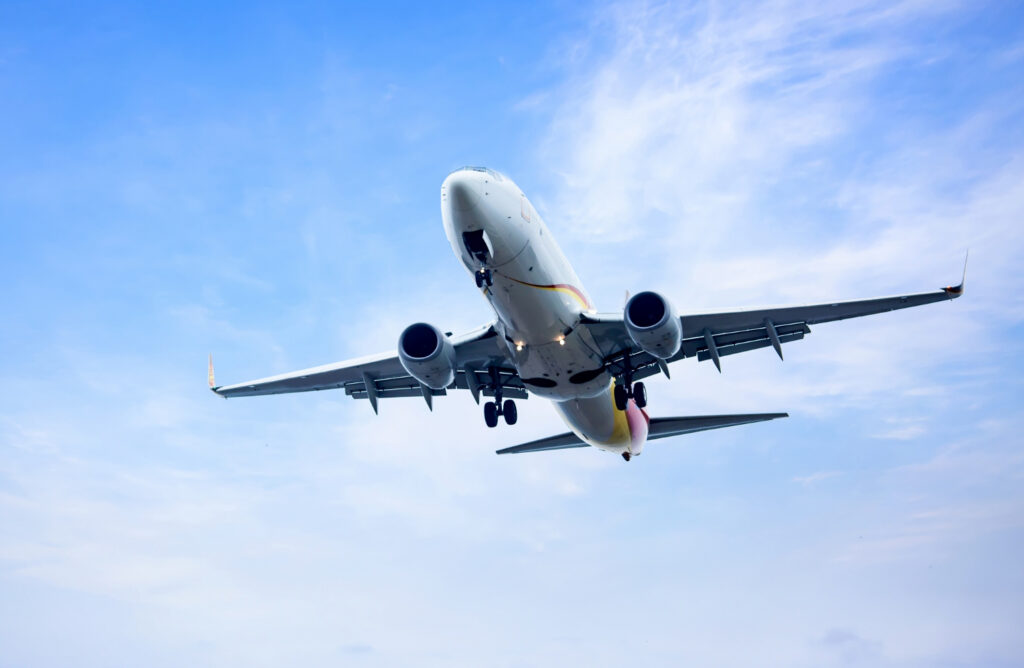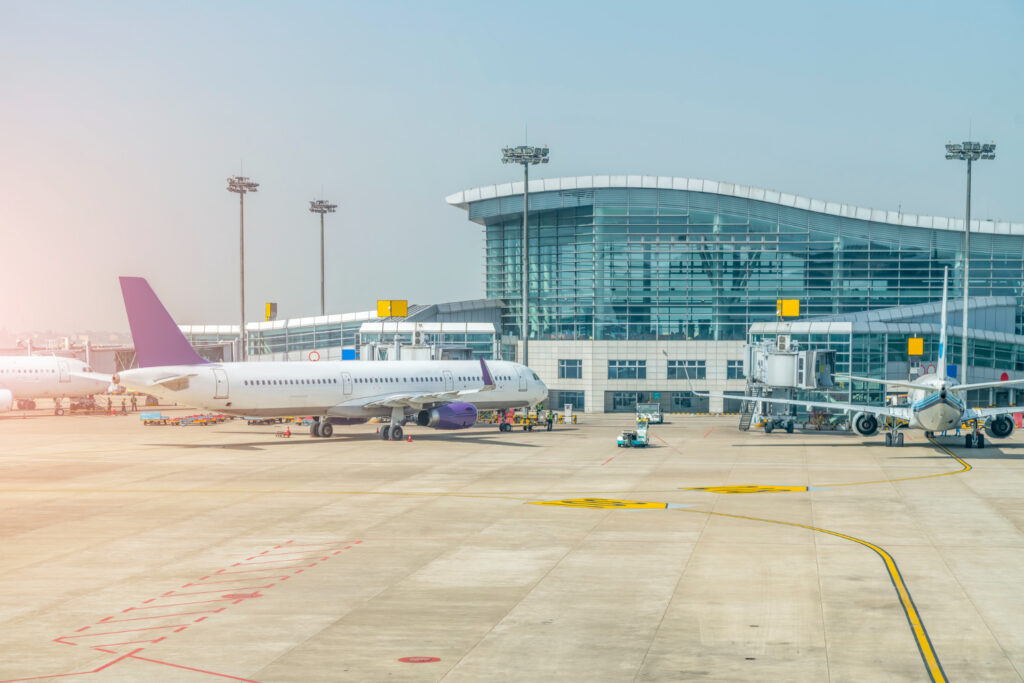India’s tech revolution extends its reach to the skies, significantly impacting the nation’s aviation sector. As India modernizes its aviation infrastructure and experiences a surge in air travel, the country’s airlines and airways are riding the wave of technological advancements. In this article, we explore how technology is shaping the Indian aviation industry and its implications on both domestic and international travel.

Digitizing the Passenger Experience
The advent of technology has transformed the passenger experience in India. Online booking platforms, mobile apps, and self-service kiosks have streamlined the reservation process, making it easier for travelers to book flights, check in, and manage their itineraries. Online check-in and e-boarding passes have reduced the time and hassle associated with air travel. Taking a flight to India from the UK will not only unveil the country’s astounding cultural heritage but also introduce you to its burgeoning tech scene, ripe with endless opportunities.
Improved Connectivity
The Indian government’s Regional Connectivity Scheme (UDAN) aims to connect underserved and unserved airports, fostering greater connectivity across the country. Technological advancements in air traffic management and navigation systems have enabled safer and more efficient air travel, making remote destinations accessible.
Enhancing Safety and Efficiency
Modern aircraft are equipped with advanced avionics and communication systems that enhance safety and operational efficiency. India’s aviation authorities are implementing cutting-edge technologies such as GPS-based navigation and radar systems, further improving flight safety and reducing delays.
Aircraft Maintenance and Health Monitoring
Airlines are increasingly adopting predictive maintenance solutions that leverage data analytics and sensor technology to monitor the health of aircraft engines and other critical components. This proactive approach helps prevent mechanical failures and reduces maintenance costs.
In-Flight Connectivity
In-flight Wi-Fi services are becoming more prevalent in Indian airlines, allowing passengers to stay connected while in the air. This technological advancement enhances the overall travel experience and enables business travelers to remain productive during their flights.
Cargo Tracking and Logistics
The use of technology in cargo tracking and logistics has streamlined the movement of goods via air transport. Real-time tracking and advanced logistics software have made it easier for businesses to transport their products efficiently.
Drone Technology
India has embraced drone technology for various applications, including surveillance, cargo delivery, and agriculture. The aviation sector is exploring the potential of drones for last-mile delivery and remote area connectivity.
Environmental Sustainability
The aviation industry is increasingly focused on environmental sustainability. Airlines are investing in more fuel-efficient aircraft, and airports are implementing eco-friendly practices. Innovations such as sustainable aviation fuels (SAF) and electric aircraft hold the promise of reducing the industry’s carbon footprint.
Challenges and Opportunities
While technology has brought significant advancements to India’s aviation sector, it also presents challenges. These include the need for improved cybersecurity measures to protect critical aviation infrastructure and the growing demand for air travel, which requires adequate expansion and investment in airport infrastructure.
Conclusion
India’s tech revolution is not limited to the IT sector but extends its transformative influence to the nation’s aviation industry. Technological advancements have made air travel more accessible, safe, and efficient for passengers, while airlines and airways continue to adopt innovative solutions to enhance their operations. As India’s aviation sector embraces the digital age, it is poised to play an even more significant role in connecting the country and the world. The convergence of technology and aviation is paving the way for a future where Indian skies are safer, more sustainable, and increasingly connected.










